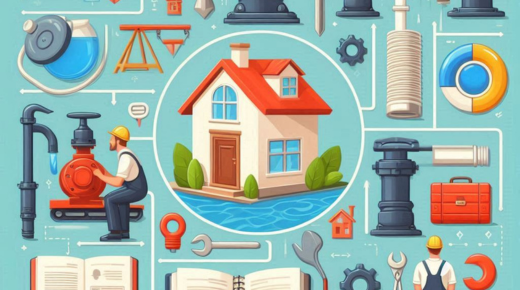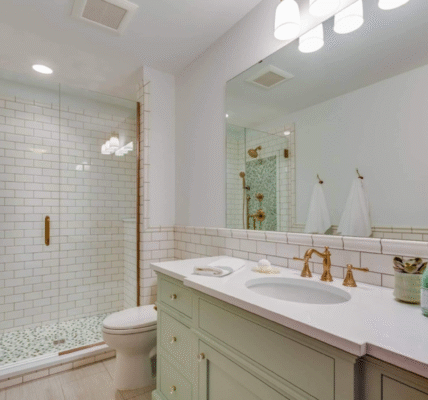Whether you’re managing a commercial property, overseeing a construction site, or just trying to keep your household running smoothly, having the right pump for the job can make all the difference. From clearing floodwater to ensuring consistent water pressure, pumps play a crucial role in everyday operations.
But with so many different types available — from borehole pumps to booster systems — how do you know which one you actually need?
In this article, we’ll break down the most common pump types, what they’re used for, and how to choose the right one for your situation.
1. Well and Borehole Pumps
Best for: Extracting clean water from underground sources
Well and borehole pumps are designed to draw water from deep below ground level. These are commonly used in rural homes, farms, and commercial premises where mains water isn’t available or where a private water supply is more efficient.
You can explore a range of well and borehole pumps here.
2. Drainage Pumps
Best for: Removing unwanted water from basements, pits, or flood-prone areas
Drainage pumps (also known as sump pumps) are ideal for removing excess water quickly and efficiently. They’re commonly installed in basements, construction sites, or anywhere water collects. Some models include float switches for automatic activation.
3. Puddle Pumps
Best for: Removing shallow surface water down to very low levels
Puddle pumps are a specific type of drainage pump designed to remove water from flat surfaces like garage floors, cellars, or patios — even when water levels are minimal. They can pump down to just a few millimetres, making them ideal for light flooding or cleaning up after spills.
4. Sewage Pumps
Best for: Moving wastewater and solids from homes, businesses, or industrial sites
Sewage pumps are essential for properties not connected to mains sewers, or where waste needs to be lifted from below ground. Built to handle solids and prevent blockages, they’re often used in basement bathrooms, restaurants, and outbuildings.
5. Booster Pumps
Best for: Increasing low water pressure
If you’re struggling with poor water pressure — particularly in larger properties or multi-storey buildings — a booster pump can help maintain consistent flow. These are also commonly installed in hotels, gyms, and commercial facilities.
➡️ View booster pumps and accessories online.
6. Engine Driven Pumps
Best for: Remote or high-volume water transfer where electricity isn’t available
Engine driven pumps are powered by petrol or diesel and are ideal for situations where access to electricity is limited. They’re frequently used on farms, construction sites, or emergency response situations for moving large volumes of water quickly — such as draining ponds or floodwater.
7. Pond Pumps
Best for: Circulating and maintaining clean water in garden ponds or water features
Pond pumps keep water features healthy by circulating water through filters, waterfalls, or fountains. Some models also include UV clarifiers to reduce algae. These are vital for maintaining the ecological balance in a fish pond or ornamental garden setup.
Final Thoughts
Choosing the right pump depends on understanding what you’re moving, where it’s going, and how much power you need to do it efficiently. Whether it’s clearing a flooded basement or ensuring a steady water supply in a rural home, the right pump saves time, effort, and money.
If you’re unsure, it’s always best to speak with an expert or buy from a trusted specialist. AES Rewinds’ Online Pump Store offers a comprehensive selection of pumps and accessories, with expert support to guide you every step of the way.









